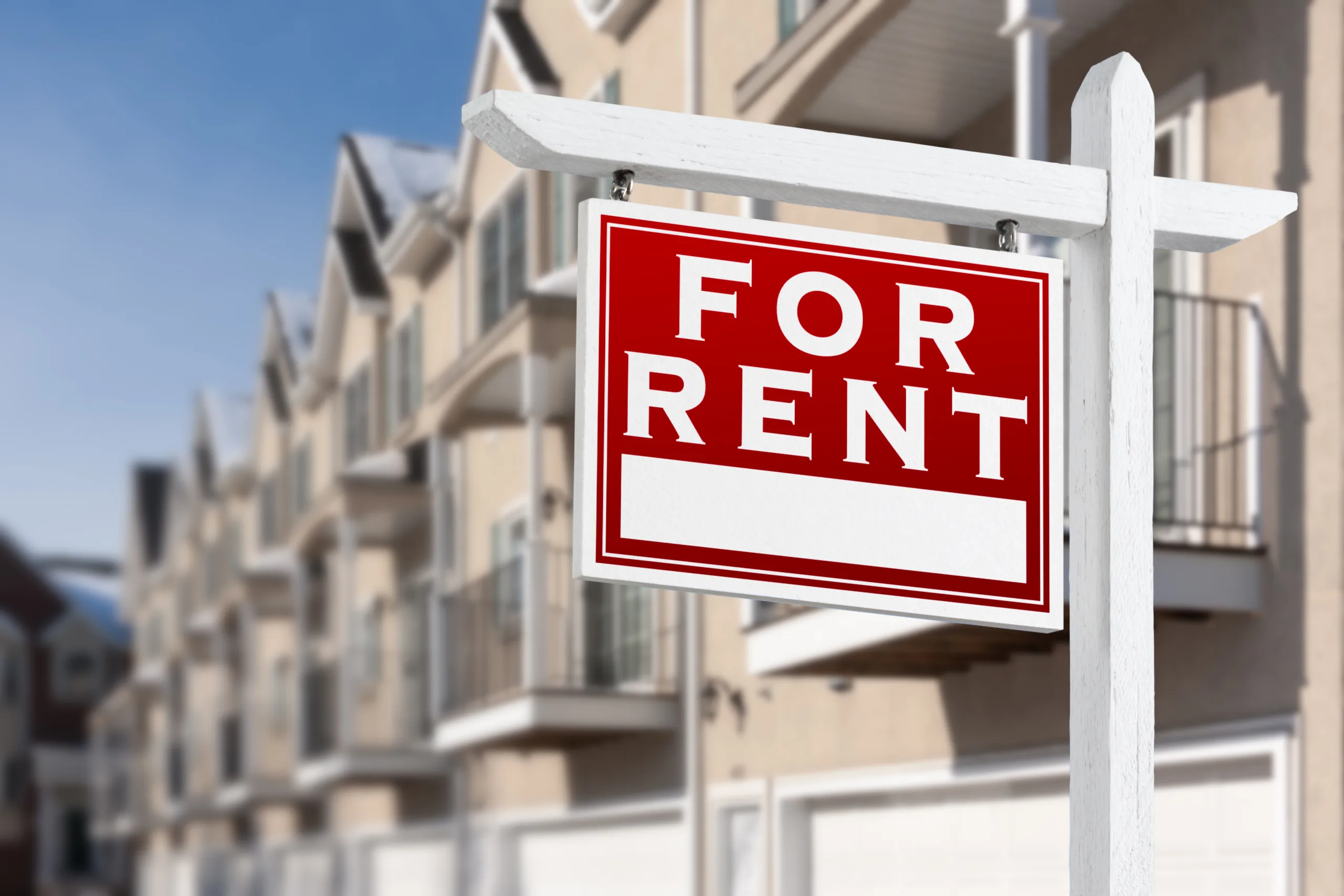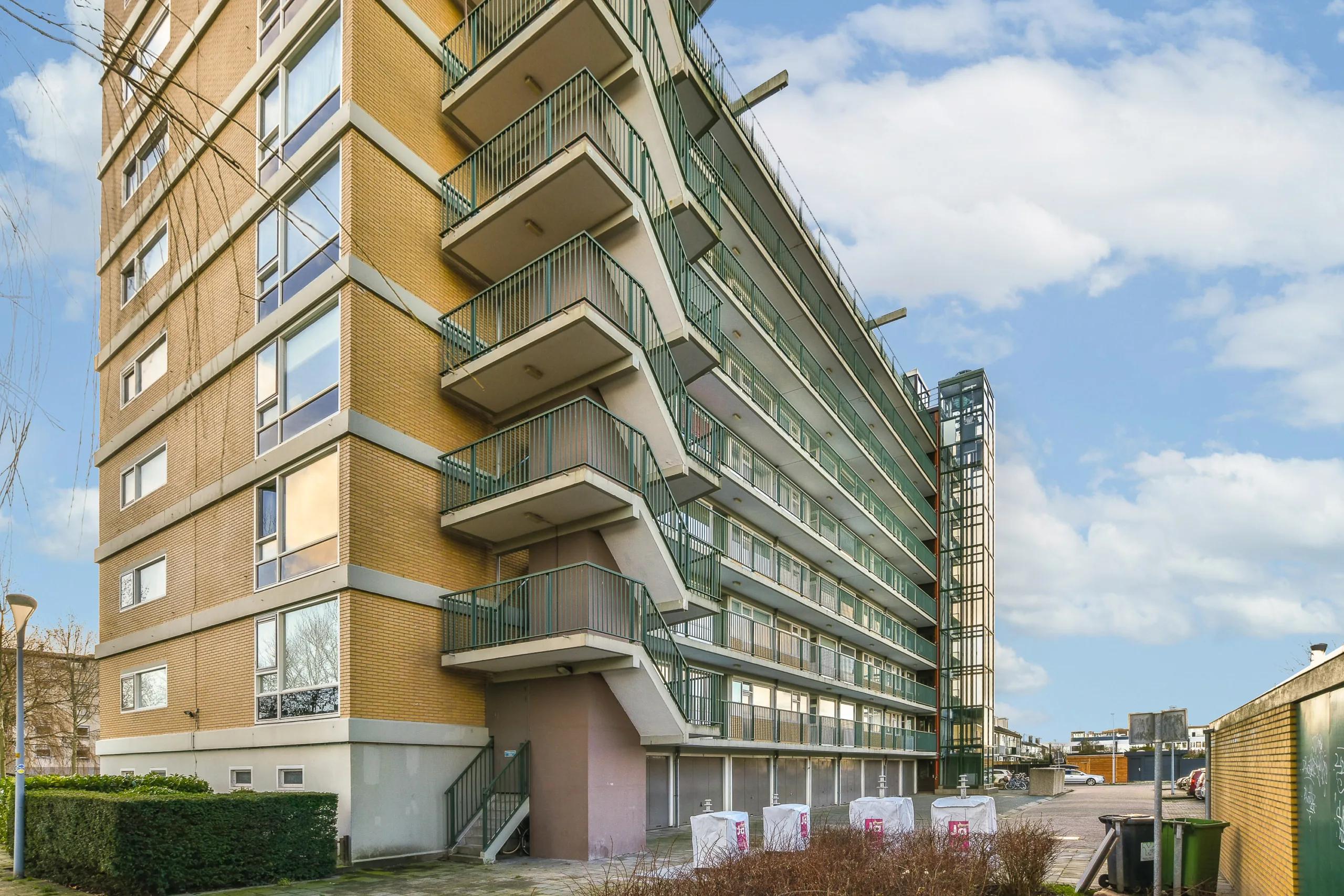- West Palm Beach tops the list with a staggering 187.3% rise in luxury home prices over the past decade, reaching a median of $4.04M.
- Sun Belt metros dominate the top 10 for price growth, including Nashville (+171%), Phoenix (+165.7%), Las Vegas (+161%), and Miami (+148%).
- Traditional hubs like New York and San Francisco lag, with price gains of 15.4% and 57.8%, respectively, as wealth migrates to lower-tax, warmer locales.
- Remote work and lifestyle preferences are fueling a geographic reshuffling of luxury buyers, propelling cities like Las Vegas and Phoenix up 15 spots in national rankings.
A New Luxury Landscape
West Palm Beach has emerged as the top US market for luxury price growth, with values nearly tripling over the past decade, per Globe St. The Florida city saw median luxury home prices jump from under $1.5M in 2015 to over $4M in 2025, according to Redfin data. That growth outpaces every other metro in the country and more than doubles the national average increase of 82.5%.
This shift isn’t happening in isolation. Other Sun Belt cities—including Nashville ($2.13M median, +171%), Phoenix ($1.99M, +165.7%), Las Vegas ($1.57M, +161%), and Miami ($4.31M, +148%)—have all experienced explosive price growth. The trend is being driven by affluent buyers seeking larger homes, milder weather, and tax advantages offered in states like Florida, Tennessee, and Arizona.
Who’s Falling Behind
While Sun Belt cities race ahead, legacy markets are losing steam. New York City, long a global hub for luxury real estate, saw just 15.4% growth over the same period, with prices inching to a median of $4.14M. Other underperformers include Houston (+55.9%), Newark (+52.7%), Pittsburgh (+49.8%), and Chicago (+51.6%).
Even San Francisco, still the country’s most expensive luxury market with a median price of $6.44M, saw relatively modest growth of 57.8%. The broader momentum of Sun Belt metros continues to shape national real estate patterns, particularly as these markets recover across multiple property sectors, including office.
Get Smarter about what matters in CRE
Stay ahead of trends in commercial real estate with CRE Daily – the free newsletter delivering everything you need to start your day in just 5-minutes
Changing the Map
Beyond pricing, some cities are also climbing—or falling—in the luxury hierarchy. Las Vegas and Phoenix each jumped 15 spots in national rankings since 2015, while Houston fell 15 spots to 35th place. The reshuffle highlights how wealth migration, flexible work models, and lifestyle preferences are rewriting the geography of US affluence.
Why It Matters
Luxury real estate is often a proxy for broader economic and demographic shifts. The migration toward Sun Belt cities reflects a rebalancing of wealth and influence away from traditional financial centers toward metros that offer a blend of affordability, climate, and space. For developers, investors, and brokers, the trend signals where future high-end demand may be headed.
What’s Next
If remote work continues to hold, and tax structures remain favorable, expect Sun Belt metros to continue climbing in both price and prestige. With nearly 83% growth nationally over the last decade, luxury markets are not just expanding—they’re relocating.


















